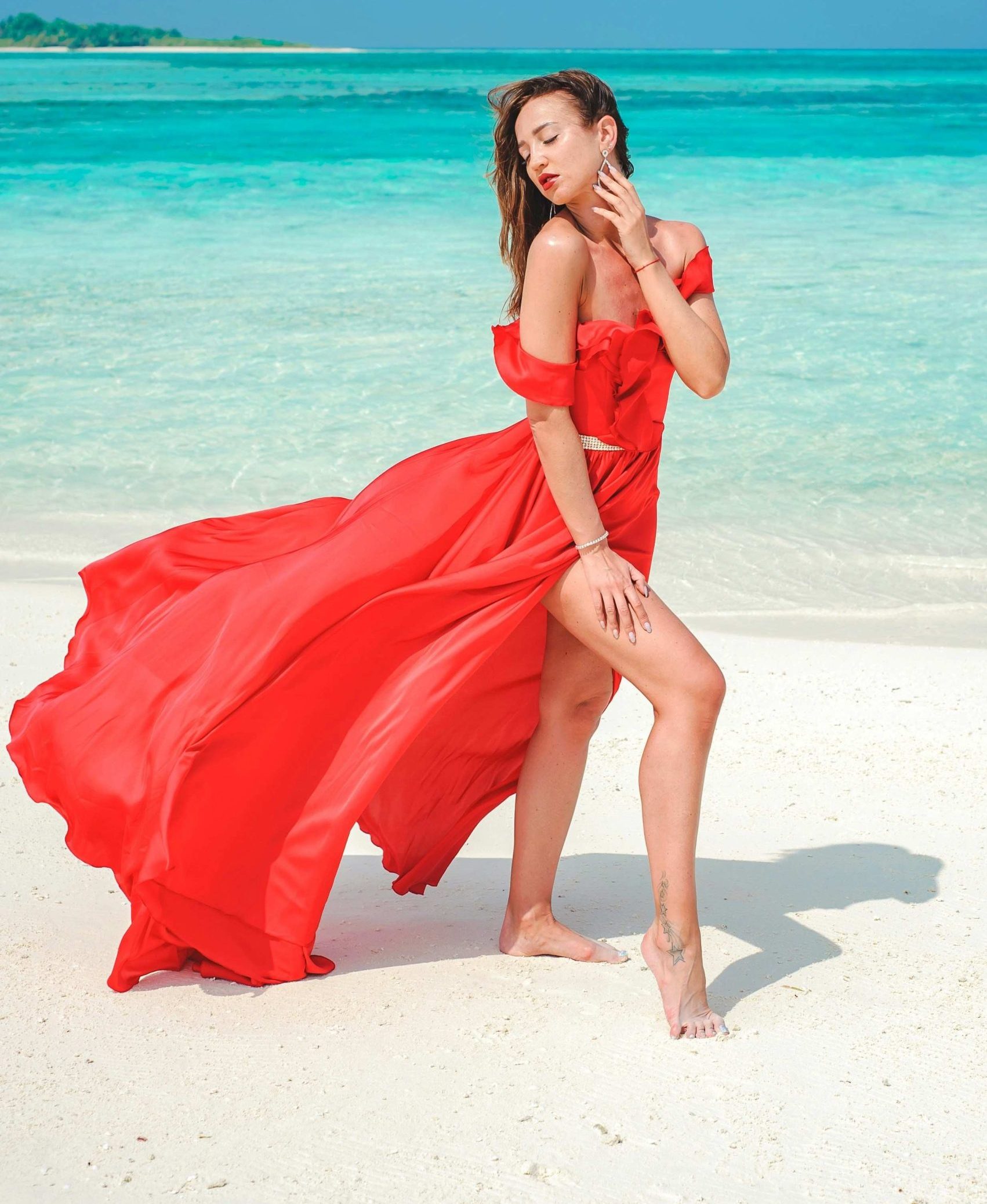
In the age of digital transformation, social media has emerged as one of the most influential forces shaping the global fashion industry. From the runway to your Instagram feed, fashion trends are now dictated not only by designers and magazines but also by influencers, celebrities, and everyday consumers. With platforms like Instagram, TikTok, Pinterest, and YouTube, the way we discover, share, and engage with fashion has drastically changed.
This article explores how social media has transformed fashion trends and provides insight into how international online brands are leveraging these platforms to reach and engage with consumers globally.
1. The Democratization of Fashion
Social media has democratized fashion by making it more accessible to the general public. In the past, fashion trends were set by industry gatekeepers like designers, editors, and celebrities. Today, anyone with an internet connection can influence fashion through social platforms. Instagram influencers and TikTok creators often generate viral trends by showcasing unique styles, leading to a new generation of fashion tastemakers outside traditional media channels.
This democratization has led to a diversification of trends. Instead of a few trends dominating each season, social media encourages a wider range of styles, catering to various personal tastes, subcultures, and body types.
International Online Brands Embracing This Trend:
- Shein: Known for fast fashion, Shein capitalizes on social media by working with influencers to promote affordable and trendy clothing. The brand’s large presence on Instagram and TikTok keeps them on the cutting edge of viral fashion.
- Zara: With its fast production cycle, Zara can quickly adapt to new trends popularized on social media, ensuring that they always have what’s trending available for consumers.
- ASOS: A go-to brand for young fashionistas, ASOS collaborates with influencers and uses social media marketing to remain relevant in the rapidly changing world of fashion.
2. Influencers: The New Fashion Icons
Fashion influencers have risen to the forefront of trend-setting, often eclipsing traditional celebrities in terms of reach and impact. Many influencers, such as Chiara Ferragni, Aimee Song, or Camila Coelho, started out as bloggers and now boast millions of followers. These influencers have a direct line to their audiences, making them more relatable and approachable than traditional models or fashion editors.
Through product reviews, outfit-of-the-day posts (OOTDs), and styling videos, influencers curate looks that inspire their followers to emulate their style, often driving instant sales of the featured products. The “See Now, Buy Now” trend, where viewers can immediately purchase what they see on social media, has dramatically accelerated the way trends spread and how quickly consumers act.
International Online Brands Leveraging Influencer Power:
- PrettyLittleThing: Frequently collaborates with Instagram and TikTok influencers to launch collections that are instantly shoppable through swipe-up links and tagged posts.
- Boohoo: With a strong focus on influencer marketing, Boohoo uses influencer collaborations to push exclusive lines and limited-edition collections.
- Revolve: Known for influencer marketing, Revolve works with some of the most popular fashion influencers to promote clothing through highly stylized Instagram content.
3. The Rise of Fast Fashion and Micro-Trends
Thanks to social media, the fashion cycle has accelerated significantly, giving rise to micro-trends that may last just a few weeks or months. Platforms like TikTok and Instagram can give rise to specific styles (e.g., “cottagecore,” “dark academia,” “Y2K fashion”) that quickly go viral, only to be replaced by a new trend shortly after. This constant churn of trends has resulted in the rise of fast fashion—brands that can produce trendy clothing at lightning speed and at low costs.
Consumers, especially Gen Z, are drawn to these quick-turnaround styles, looking to emulate what’s trending on their social media feeds. However, this also raises concerns about sustainability, as fast fashion’s short shelf life often leads to an increase in waste and environmental damage.
Fast Fashion Brands Popular on Social Media:
- H&M: H&M’s rapid production cycles and collaborations with influencers make it a leader in fast fashion.
- Shein: A fast fashion giant, Shein produces low-cost, trendy clothing in line with the rapid fashion cycle driven by social media.
- Missguided: Known for its bold, influencer-approved styles, Missguided uses Instagram to promote its latest collections, catering to an audience that craves new, affordable fashion regularly.
4. Sustainability and Conscious Fashion
While fast fashion dominates a large part of the social media conversation, there has also been a growing awareness about the environmental impact of the fashion industry. This has led to the rise of sustainable fashion brands that emphasize eco-friendly production practices, ethical labor, and slower fashion cycles. Many influencers and brands are using social media to advocate for sustainability, encouraging consumers to think more critically about their purchases.
Brands that focus on sustainable practices are increasingly turning to platforms like Instagram to highlight their ethical approach, using storytelling to engage with environmentally conscious consumers.
Sustainable Fashion Brands on Social Media:
- Everlane: Known for its transparent pricing and sustainable production methods, Everlane uses Instagram to educate its followers about the impact of fast fashion and the benefits of ethical fashion.
- Reformation: This eco-conscious brand frequently promotes its sustainable practices on Instagram, positioning itself as a leader in the movement toward more sustainable fashion.
- Patagonia: A pioneer in sustainable fashion, Patagonia utilizes social media to promote its environmental activism and responsible manufacturing processes.
5. User-Generated Content and Fashion Trends
One of the most powerful aspects of social media is the role of user-generated content (UGC). Everyday users can contribute to fashion trends by sharing their personal style online. Hashtags like #OOTD (Outfit of the Day) and #LookBook encourage users to share their daily looks, creating a massive flow of fashion inspiration that often leads to new trends.
In addition to helping set trends, UGC allows brands to engage with their customers directly. Brands often encourage customers to tag them in their posts, leading to increased visibility and a sense of community among their consumers.
Brands Engaging with User-Generated Content:
- Nike: Promotes user-generated content on Instagram, often sharing posts from athletes and customers wearing Nike products in their daily lives.
- Adidas: Runs campaigns that encourage users to share their looks with branded hashtags, allowing the brand to tap into grassroots fashion movements.
- Urban Outfitters: Frequently reposts user-generated content from customers, showcasing how their clothes are worn in real life.
6. The Role of Visual Platforms in Shaping Trends
Social media platforms like Instagram, Pinterest, and TikTok are inherently visual, making them the perfect vehicles for fashion trends. Instagram, with its focus on high-quality images, allows users to showcase outfits in a curated way, while TikTok’s quick, engaging video format has given rise to a new kind of fashion content—outfit transitions, styling challenges, and DIY fashion hacks.
Pinterest, with its “pin” feature, remains a go-to platform for users seeking fashion inspiration. Many users create boards for different looks they want to try, from casual streetwear to bohemian chic, with popular trends often gaining traction through repins.
Platforms Shaping Fashion Trends:
- Instagram: Home to fashion influencers, brands, and millions of users posting their looks daily.
- TikTok: Quickly becoming a hub for viral fashion trends, with challenges like the #OutfitChangeChallenge and #FashionTikTok growing in popularity.
- Pinterest: A visual search engine for fashion lovers looking to discover and save styling ideas.
7. The Shift Towards Digital Fashion Shows
One of the most significant impacts of social media on fashion is the evolution of fashion shows. Previously exclusive events attended by industry insiders, fashion shows are now live-streamed and shared on social media platforms, allowing consumers to experience runway collections in real-time. This shift has made fashion shows more inclusive, breaking down barriers and allowing anyone with an internet connection to access high fashion.
As a result, brands now engage directly with their followers during these digital fashion events, offering sneak peeks behind the scenes, Q&As, and shoppable runway looks. Some brands, such as Burberry and Dior, have embraced virtual fashion shows as part of their strategy to stay connected with a digital audience.
The rise of social media has reshaped the way fashion trends are created, shared, and consumed. With influencers, fast fashion, and sustainability advocates all contributing to the conversation, social platforms have become a vibrant space where fashion is no longer dictated solely by designers and magazines. Instead, fashion is a community-driven experience where everyone can participate in the creation and evolution of trends.
For consumers, this means greater access to a diverse range of styles, with brands like Shein, Zara, and PrettyLittleThing capitalizing on social media to connect with audiences worldwide. Whether you’re scrolling through Instagram for outfit inspiration or following the latest trends on TikTok, social media continues to be a powerful force in shaping the global fashion landscape.





